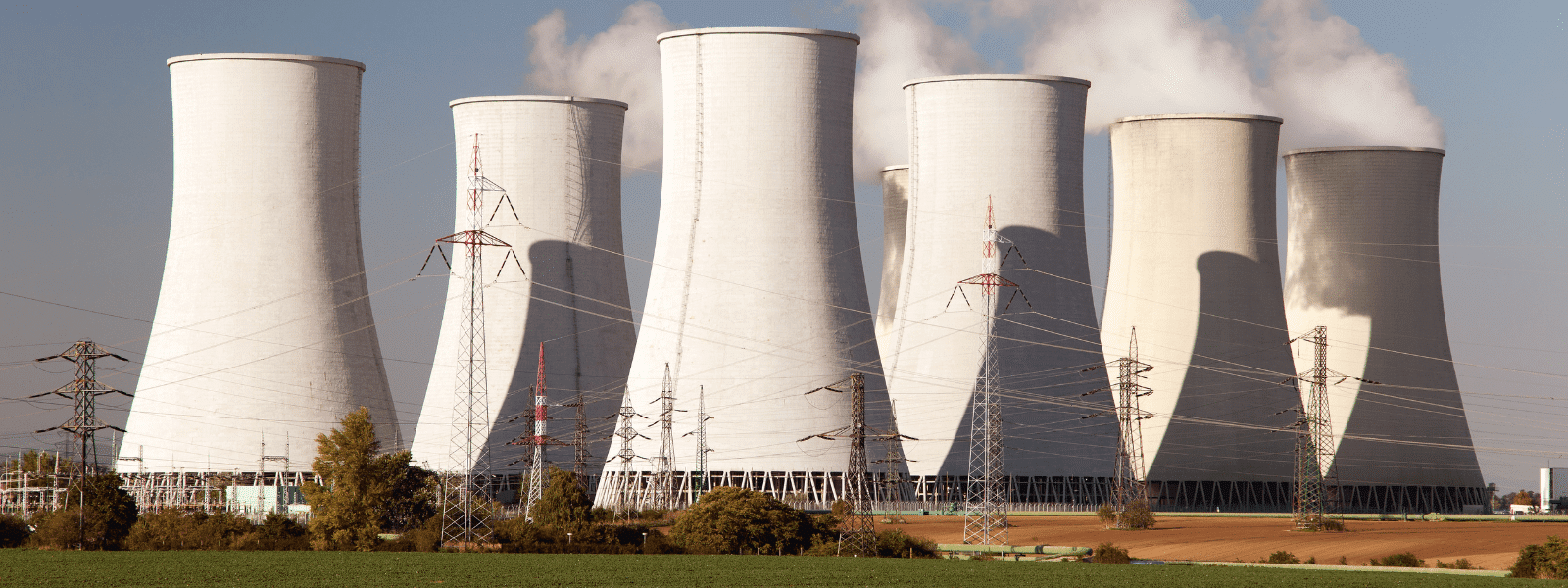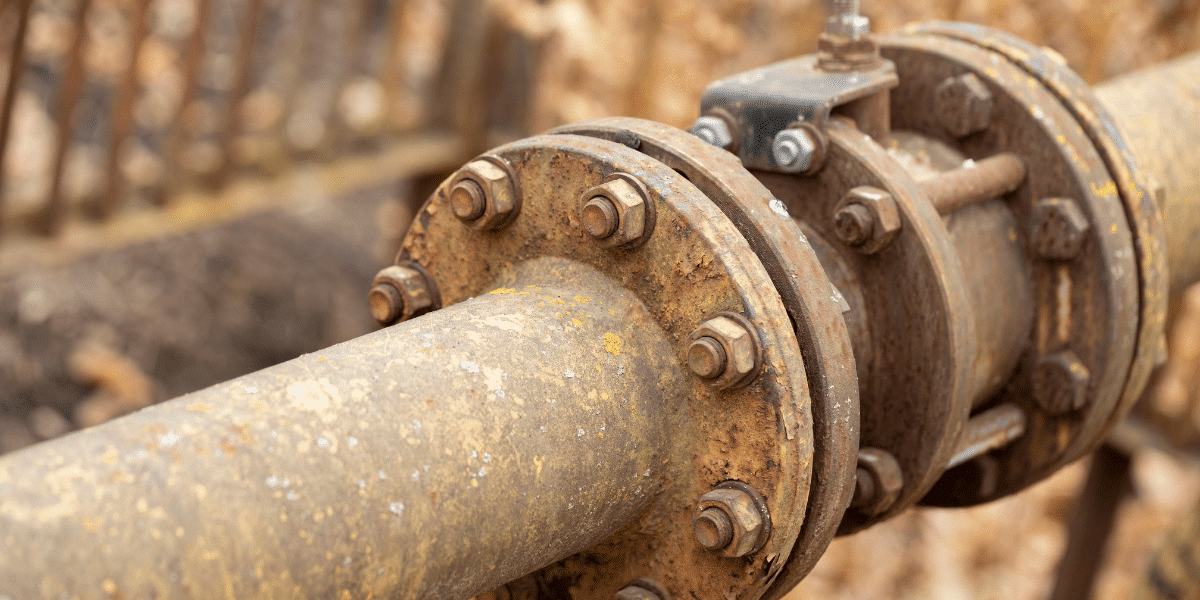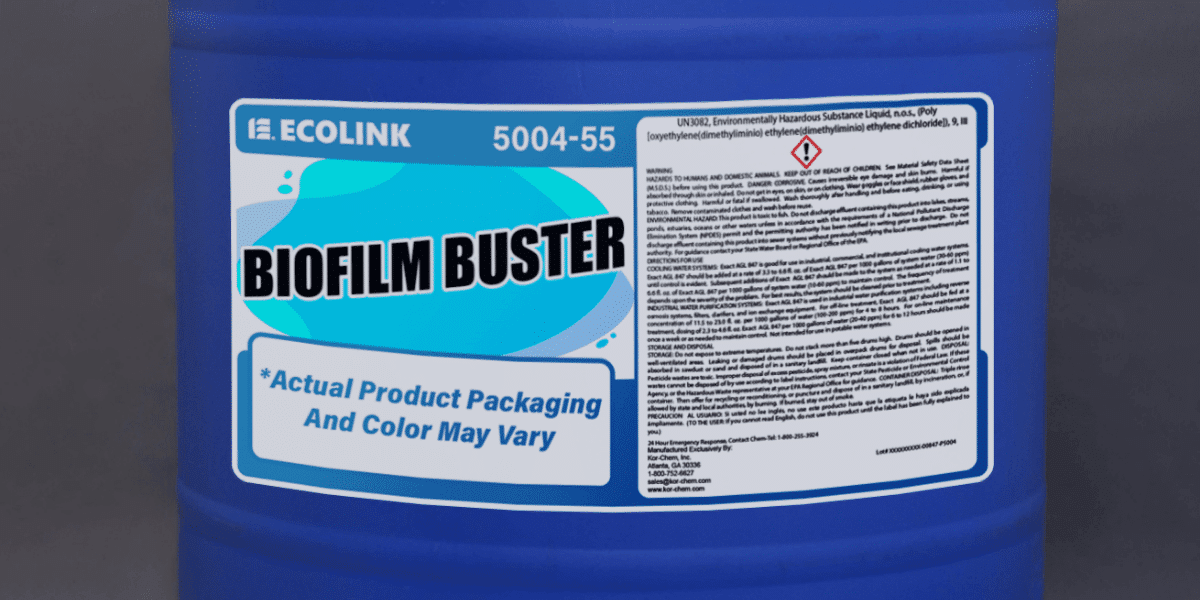Biofilm, or the slick, slimy layer of microorganisms that can form on any surface, can cause real problems for cooling towers. Whether it blocks the...
Blog


CHEMICAL INDUSTRY NEWS
Chemical Chat – Discover What’s New!
Corrosion Inhibitors – What Are They & How Do They Work?
Why are corrosion inhibitors important for water processing systems like HVACs, boilers, water cooling systems, and more? Corrosion and scale...
What is an Oxygen Scavenger
To answer the question “what is an oxygen scavenger?”, it is important to understand that an oxygen scavenger is a product comprising one or more...
Biocide Water Treatment Chemicals
Biocide water treatment is best explained as a process in which chemicals are added to water cooling and treatment...
Corrosion Inhibitors – What Are They & How Do They Work?
Why are corrosion inhibitors important for water processing systems like HVACs, boilers, water cooling systems, and...
Company News

Managed Services
Discover the Latest in Safe and Sustainable Chemical Solutions
Stay informed with Ecolink’s blog! Subscribe now
Chemical Management Information
Stay updated with us
Sign Up for the Latest Updates
Stay informed about chemical supply chain disruptions and emerging innovations to keep your business at the forefront of efficiency and innovation. Uncover new ways to make your business practices more sustainable by incorporating safer products into your cleaning lineup.


























